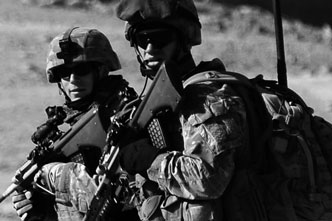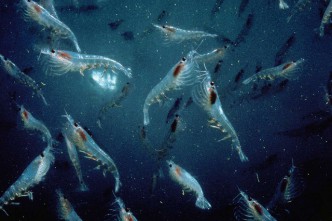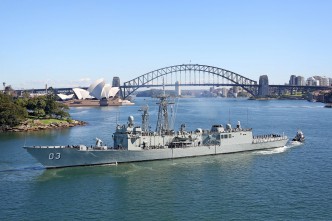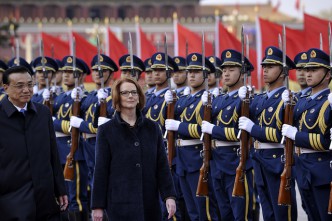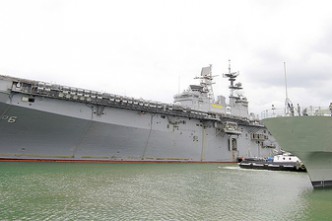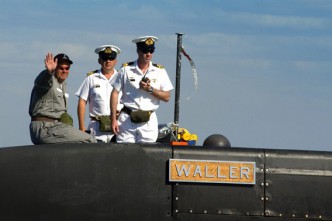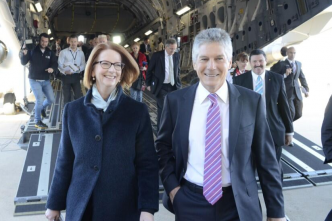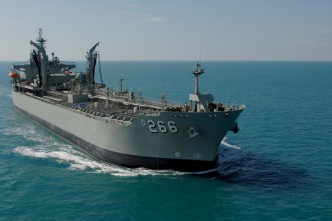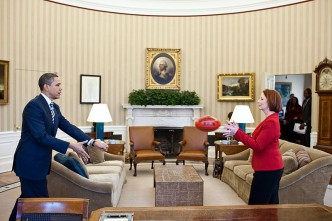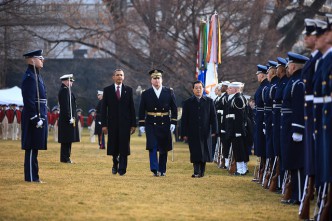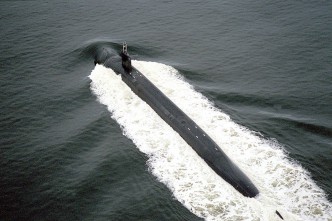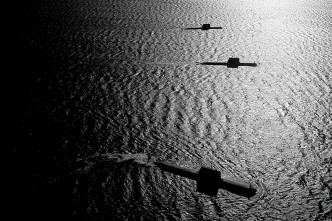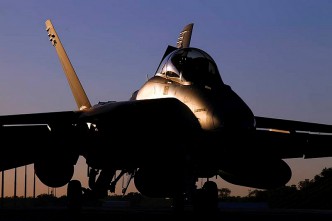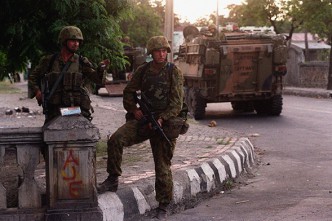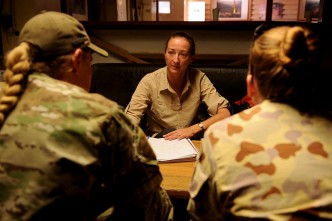The Strategist is giving the White Paper’s newest strategic construct—the ‘Indo-Pacific strategic arc’—short shrift. Peter Jennings suggests it still needs thinking through. Rob Ayson sees it as nothing more than a smokescreen. I’m not sure I …
Guest editor Anthony Bergin The Southern Ocean contains the largest underexploited fishery in the world – the krill fishery. While little known, this might become a source of conflict between conservationists and the fishing industry, …
Last Friday’s Defence White Paper (DWP) rightly drew a lot of praise from (most) of the analytical community and the media. Many commentators, including myself, welcomed the more cautious tone regarding China’s military rise and …
The Defence White Paper gives an excellent description of the Asia Pacific but is calm about its dangers. It is heartening on the ADF’s capacity to defend the nation and its near neighbourhood and rightly …
View Larger Map My favourite line about Australian strategic thinking belongs to Graeme Dobell. The ‘arc of instability’, he quipped on more than one occasion, was a polite way of talking about Indonesia. Having read …
The Defence White Paper 2013, like most of its recent predecessors, emphasises the United States Alliance, even to the extent of capitalising ‘Alliance’ whenever used in relation to the US. The document counts no other …
The electric storm that rages around the Defence White Paper has big elements of ritual politics and tacit consensus, despite the intense arguments over plans, priorities and projections. This is standard Oz politics played as …
As a first look analysis of the Defence White Paper 2013 (PDF), ASPI will be progressively releasing blog posts over the next couple of hours analysing the paper’s key concepts and capability decisions. 12 new Super Hornets, Andrew …
The new White Paper was accompanied by the release of the DMO’s Future Submarine Industry Skills Plan—a substantial piece of work in its own right that deserves (and will get) a much deeper analysis on …
Defence White Paper 2013 articulates what we’ve known for some time is an intent to pivot the ADF back to closer engagement in our region. The document makes a strong statement of intent to deepen …
The future relationship between the United States and China will significantly define Asia’s strategic future. For Australia, there’s no more important question than how Washington and Beijing will manage their relationship. So it’s great to …
A quick first read of the principal ‘strategic environment’ chapters of the new White Papers (Chapters 2, 3 and 6) gives a broad feel for the document as a whole. The overall tone of the …
Back in the day, you could get a free Big Mac from McDonalds by reciting ‘…two all beef patties, special sauce, lettuce, cheese, pickles, onions on a sesame seed bun…’ in less than 5 seconds (limit …
The role that US nuclear weapons play in Australian strategic policy is given far less emphasis in the new Defence White Paper. While the 2009 document contained five paragraphs that directly addressed the issue of …
The 2013 Defence White Paper marks a distinct progression in how cyber issues are dealt with by the Australian Government. Evident is an attempt to de-militarise the issue through a change in the language used, …
Today’s White Paper launch saw the two ‘lower’ options for the future submarine taken off the table. We now know that the RAN’s future boats won’t be an existing off-the-shelf design or a relatively modest …
Today’s Defence White Paper confirms an increasing focus on the security, stability and cohesion of Papua New Guinea, Timor-Leste and the South Pacific states. Minister Smith signalled Government’s intent to ‘bring our own immediate neighborhood …
The decision to buy 12 more Super Hornets (in this case EA-18G ‘Growler’ electronic warfare models) which was announced today essentially consolidates the initial decision made in 2006 by the Howard Government. And it’s been …
The 2013 Defence White Paper will be launched tomorrow. There’s always a chance that it’ll take a more austere approach to force structuring, but all the indications are that it will stick to the guns …
Over the last couple of years I’ve watched with interest how the ‘gender and Defence’ debates have unfolded in the Australian media. Debates about the inclusion of women in front line combat, physical standards for …


